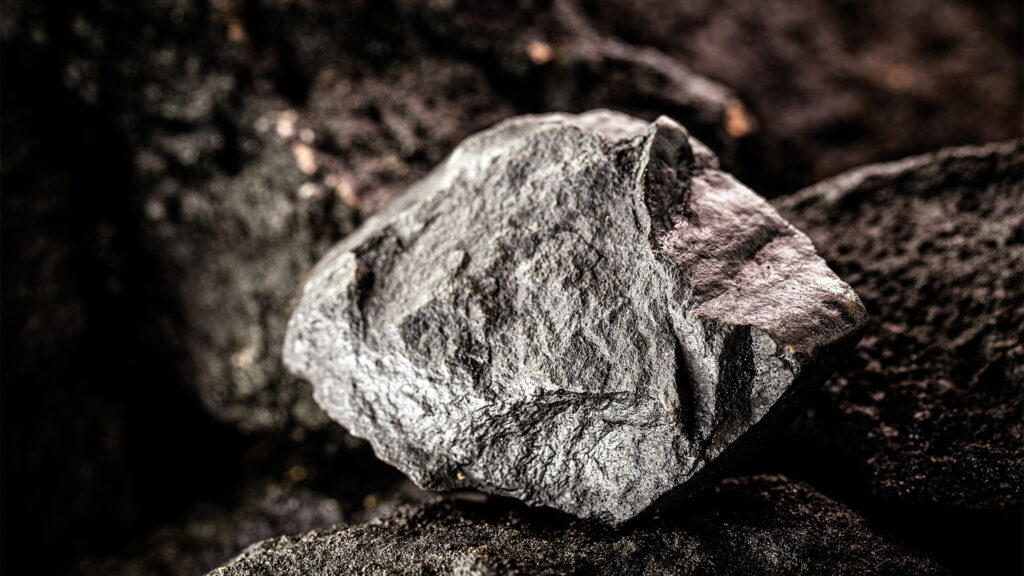Iron ore prices have surged to their highest levels in over five weeks, and analysts at Citi suggest that the rally could continue, potentially pushing the steel-making commodity to $US130 per tonne by the end of the year. The key factor driving this optimism is the possibility of China increasing its policy stimulus measures, which could boost demand for iron ore.
This week, Singapore iron ore futures saw a 1.1 percent increase, reaching $US120.45 per tonne on the December contract. Meanwhile, Dalian futures climbed 2.1 percent to $US134.44 per tonne. These price gains are largely attributed to expectations of stronger Chinese demand for iron ore.
Citi has revised its short-term price forecast for the commodity, raising it to $US120 per tonne from the previous projection of $US100 per tonne. The brokerage firm also indicated that there is “further upside potential” with the potential to reach $US130 per tonne. However, this outcome depends on China’s actions and potential production risks stemming from worker strikes at BHP’s mines in Australia.
The recent rally in iron ore prices comes as hundreds of train drivers at BHP’s Western Australian iron ore operations voted for industrial action amid a pay dispute. Potential measures include work stoppages, speed reductions, and work bans if negotiations for improved pay and conditions fail.
Analysts at Citi highlighted the surprising move by Chinese policymakers who issued an additional 1 trillion yuan ($217.8 billion) central government bond, suggesting a commitment to further support the economy. They noted that iron ore remains one of the commodities most exposed to additional policy support from China.
Despite the positive outlook, Citi does not anticipate any major infrastructure projects in China to boost steel demand in the near term, as the upcoming Winter season typically restricts construction activity. However, the brokerage firm stated that if China continues to increase stimulus efforts in the coming months, iron ore prices could rise even further.
“The next few months will be a key window to watch to see if Beijing introduces additional supporting measures and engineers a strong start to 2024. We, and the market, will keep our focus on this,” Citi analysts emphasized.
Additionally, Citi pointed out that China’s robust steel export market from emerging markets has been supporting domestic steel production. China’s steel exports reached 8 million metric tonnes in September, marking a 56 percent year-on-year increase. For the first nine months of 2023, total steel exports increased by 32 percent year-on-year, totaling approximately 68 million metric tonnes.
Citi’s updated forecast marks a shift from its previous stance in June when it, along with other brokers, predicted that the iron ore price rally would not be sustained due to the lack of substantial stimulus measures in China to boost steel demand.
On Tuesday, weaker-than-expected economic data from China led to a decline in the ASX’s materials sector. China’s factory activity contracted in October, with a reading of 49.5 for the month, down from 50.2 in September, according to Bloomberg’s survey of economists.
Despite this setback, mining stocks rebounded on Wednesday in response to the higher iron ore prices. Fortescue Metals rose by 2.5 percent to $22.86, ASX heavyweight BHP gained 1.6 percent, reaching $45.19, and Rio Tinto rallied by 2.4 percent, closing at $120.44. The market will continue to monitor developments in China’s policy stimulus and their impact on the iron ore market in the months ahead.

